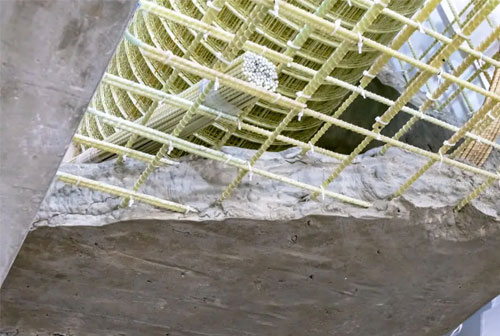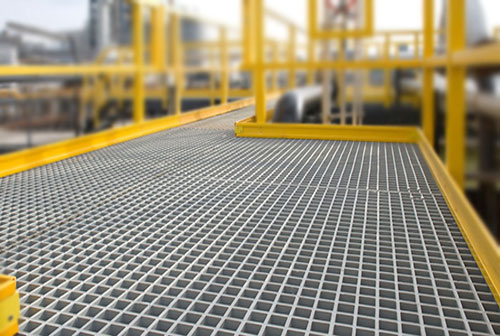In the realm of materials science, the quest for stronger, lighter, and more durable materials has led to the development of innovative composites. Glass fiber reinforced plastic (FRP), also known as fiberglass reinforced thermoplastic (FRTP), stands as a prime example of such a composite. By incorporating glass fibers into thermoplastic polymers, FRP offers a remarkable combination of properties that make it a sought-after material for various applications.
Why Add Glass Fibers to Thermoplastic Polymers?
The primary reason for adding glass fibers to thermoplastic polymers lies in the synergistic effects that arise from combining these two distinct materials. Glass fibers, renowned for their strength and stiffness, act as a reinforcing agent within the thermoplastic polymer matrix. This reinforcement imparts several key advantages to the resulting FRP composite:
Enhanced Mechanical Properties:
1.Strength: Glass fibers significantly increase the tensile strength and flexural strength of the thermoplastic polymer, making FRP capable of withstanding higher loads and stresses.
2.Stiffness: FRP exhibits enhanced stiffness or rigidity compared to the unreinforced thermoplastic polymer, reducing deflection and deformation under load.
3.Impact Resistance: The addition of glass fibers improves the impact resistance of FRP, making it less susceptible to breakage or damage upon impact.
Improved Thermal Properties:
1.Thermal Conductivity: Glass fibers enhance the thermal conductivity of FRP, allowing for better heat transfer and dissipation within the material.
2.Dimensional Stability: FRP exhibits improved dimensional stability, minimizing shrinkage, warping, or expansion due to temperature changes.
3.Heat Deflection Temperature: FRP boasts a higher heat deflection temperature compared to the thermoplastic polymer alone, resisting deformation under elevated temperatures.
Electrical Properties:
1.Electrical Insulation: Glass fibers, being non-conductive, impart electrical insulation properties to FRP, making it suitable for applications where electrical conductivity is undesirable.
2.Electromagnetic Shielding: FRP can provide electromagnetic shielding, effectively blocking or attenuating electromagnetic waves.
Applications of FRP:
The unique combination of properties offered by FRP has opened up a wide range of applications across various industries:
1.Construction: FRP is widely used in construction for roofing, cladding, wall panels, flooring, and piping systems due to its durability, corrosion resistance, and lightweight nature.
2.Transportation: In the transportation sector, FRP finds applications in aircraft components, automotive parts, and marine vessels due to its strength, weight savings, and impact resistance.
FRP transportation applications
3.Industrial Applications: FRP is employed in various industrial applications, including chemical processing equipment, electrical enclosures, and machine guards, owing to its corrosion resistance, electrical insulation, and strength.
4.Consumer Products: FRP is used in consumer products such as sporting goods, furniture, and storage containers due to its durability, lightweight properties, and aesthetic appeal. Renewable Energy: In the renewable energy sector, FRP is utilized for wind turbine blades, solar panel components, and hydropower equipment due to its strength, stiffness, and resistance to harsh weather conditions.
Conclusion:
The addition of glass fibers to thermoplastic polymers has revolutionized material science, giving rise to FRP, a versatile and high-performance composite. The remarkable enhancement of mechanical, thermal, and electrical properties, coupled with its lightweight nature and corrosion resistance, has made FRP a material of choice for a wide spectrum of applications. As the demand for sustainable and durable materials continues to grow, FRP is poised to play an even more significant role in shaping the future of various industries.
 +86 15303735673
+86 15303735673 Jessica@frpzs.com
Jessica@frpzs.com
 Technical Data
Technical Data














